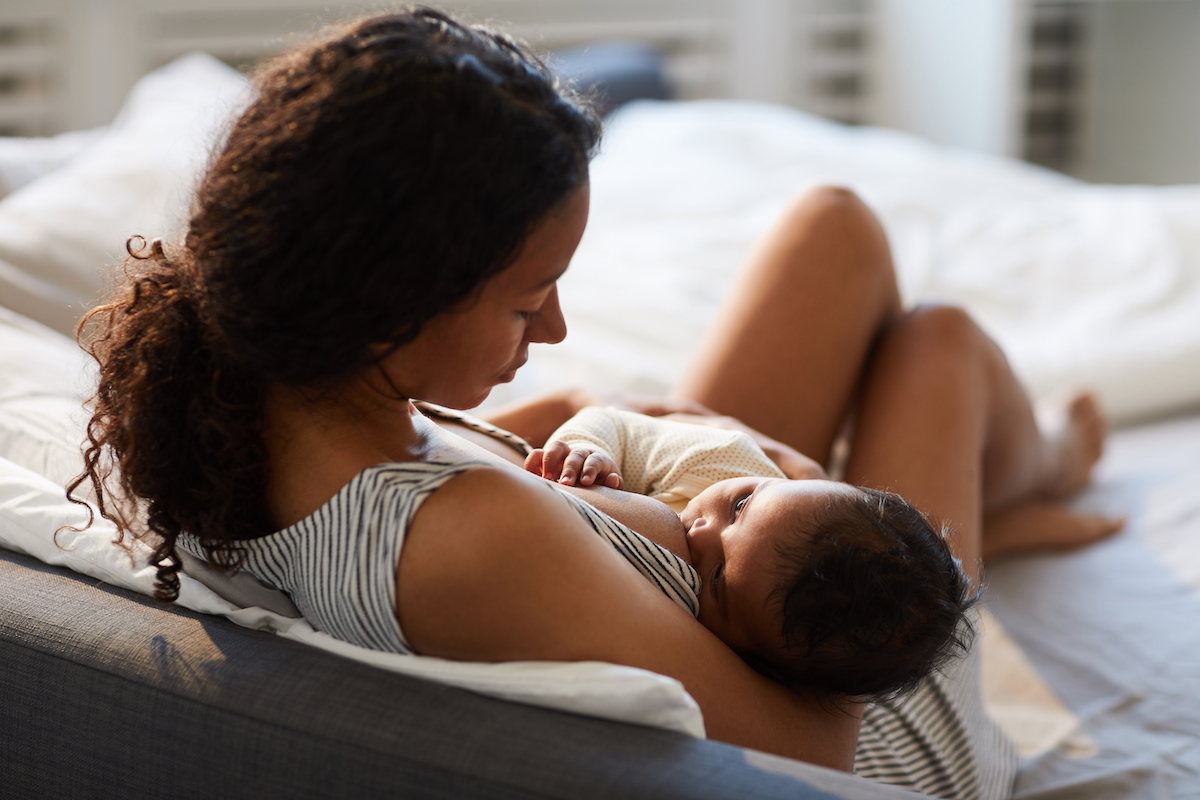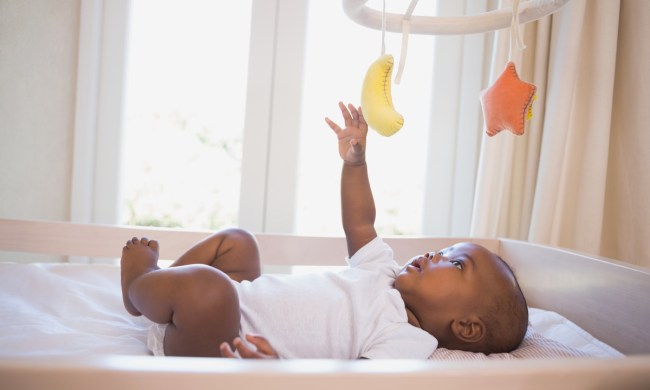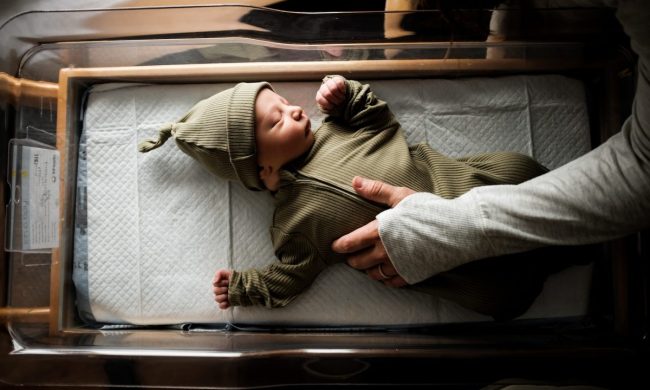If you’ve never heard of dream feeding, you’re not alone. I’ve had three kids and hadn’t heard of it either until I looked up the definition. Dream feeding your baby simply means feeding them one last time before you head off for bed. Think of it as topping off your gas tank if you find yourself at the gas station. Your car may not need it, but the extra gas will help it run (read: Sleep) for longer.
Typically, dream feeding happens around two or three hours after you’ve put your little one down for the night. You ever so gently rouse your baby and feed them, then put them straight back to bed. The hope is that you’re topping off their tank enough to squeeze a few more hours of sleep for yourself.
Once I realized what I’d done for years had a name, it all came back to me. I remember sneaking quietly into my son’s room to try this out because he didn’t sleep a full night until he was 11 months old. I was down to try anything at that point. It’s all a bit of a blur, but I remember getting at least a couple more hours of uninterrupted sleep most nights, so it must have done the trick.

So, when does it make sense to give dream feeding a shot? Experts recommend between 2 to 3 months, an age when most infants have logged more than a couple of hours of sleep without needing a feeding. By about 5 to 6 months, your little ones should be on a schedule of sleeping five or more hours of sleep at a time, so dream feedings may not be necessary. “Should” is a very big word in that sentence because we all know all babies are different, and while I had one son who didn’t sleep for more than two hours at a time for 11 months, my other son slept through the night at 6 weeks. Bottom line: If you need more sleep for longer stretches, dream feeding may be an option to try.
Dream feeding should happen as close to when you’re going to bed as possible. After all, the goal is to get you more consecutive hours of shut-eye so timing is everything. Simply pick your baby up from their crib or bassinet (enough that his or her head is adequately raised) and gently place breast or bottle near the corner of their mouth to stimulate sucking. If your baby isn’t interested or in too deep a slumber, you can try rousing them a bit more by changing their diaper or taking off their socks. Again, the goal is a quick feed and straight back to bed.
According to Dr. Harvey Karp, author of Happiest Baby on the Block, research has shown that introducing a dream feed around 11 p.m. reduces overnight waking among 3-month-olds, which he recommends is the ideal time to start a dream feed.

Of course, one of the cons is that your baby wakes enough to think it’s playtime, and you end up spending the next hour trying to get your once sleeping baby back to sleep while you fight off the yawns. Another con is if your baby really doesn’t need the extra feed, they can end up fussy, have stomach pains or gas, or another nighttime diaper-full, which will have the opposite effect you’d been trying so desperately to achieve.
If your baby seems uninterested, don’t force it. The goal is to create less stress for the parents (which sleep always helps with), so you can lay your baby back down and try again in 30 minutes, or give it a few days and see if you can find the time where your baby is in REM sleep but will rouse enough to try feeding.
As with anything, your baby will ultimately dictate whether or not a dream feeding is going to happen, and every baby is different. It may be hard to keep them awake long enough for a full feeding, but the hope is it will keep his or her belly full, so everyone sleeps longer — a precious necessity for both parents and kids. If it works and you buy yourself another few hours in dreamland, it was well worth the try.



